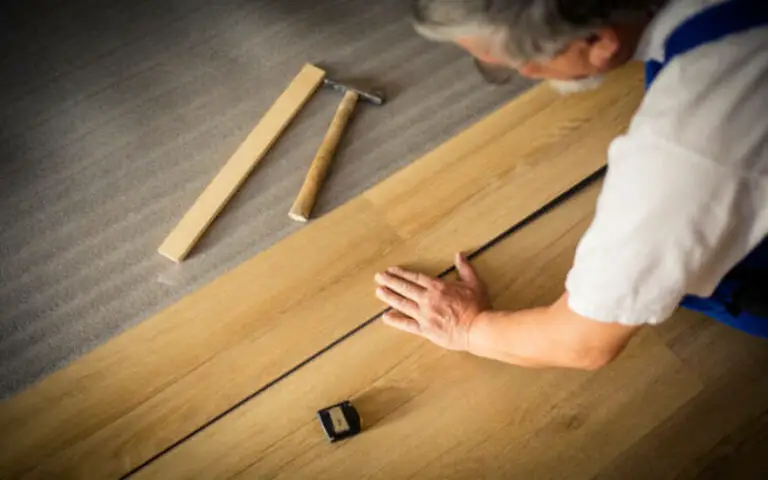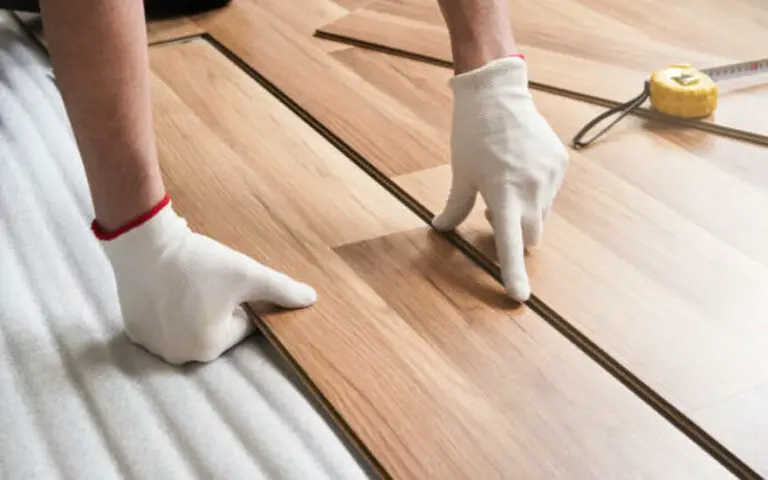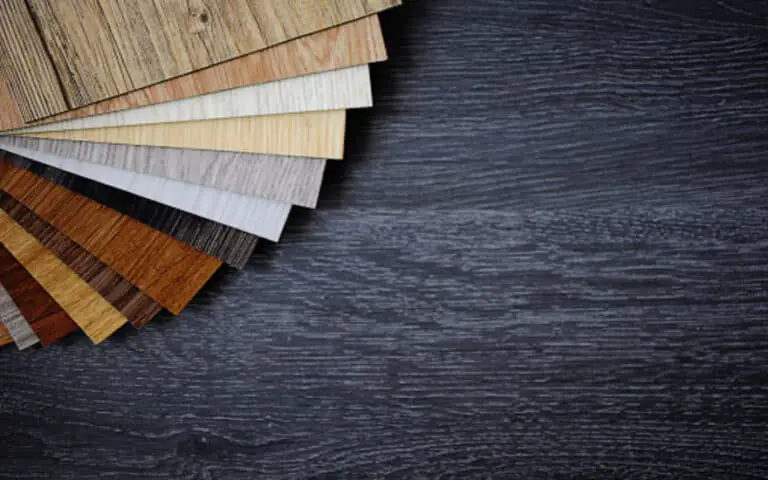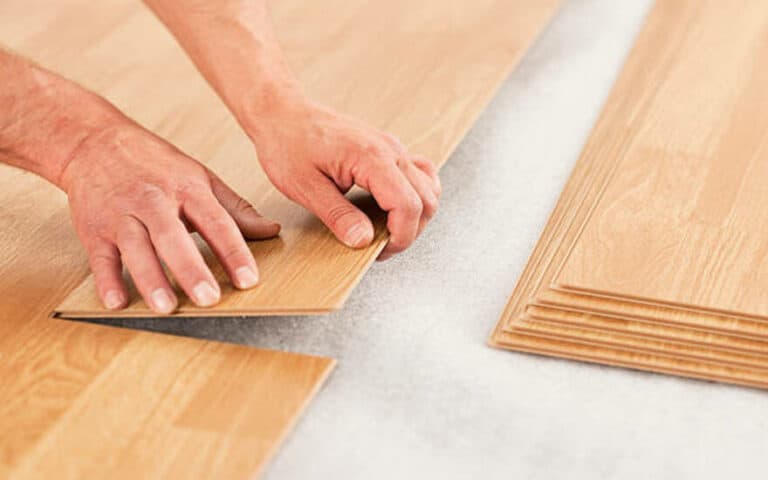If you’re wondering how to stop the bathroom floor from getting wet, you’ve come to the right place. No one likes to walk into a wet bathroom. A damp bathroom can be a nuisance, from a leaky shower, an overflowing sink, or a damp towel on the floor. It is uncomfortable to walk on and can also be unhealthy and create a breeding ground for mold and bacteria. That’s why finding ways to keep your bathroom floor dry and free of moisture is essential. This guide will explore some of the most effective ways to prevent and stop wet bathroom floors.
Why Does My Bathroom Floor Get Wet?
There are several possible causes of a wet bathroom floor. One of the most common causes is an overflowing sink or bathtub, which can leave water on the floor. Leaky plumbing is another common culprit, as water can seep through the walls or floor and cause dampness. Sometimes, water from a shower or bath can seep through the grout and tile and cause moisture on the floor. Lastly, wet towels or clothes on the floor can also lead to dampness.
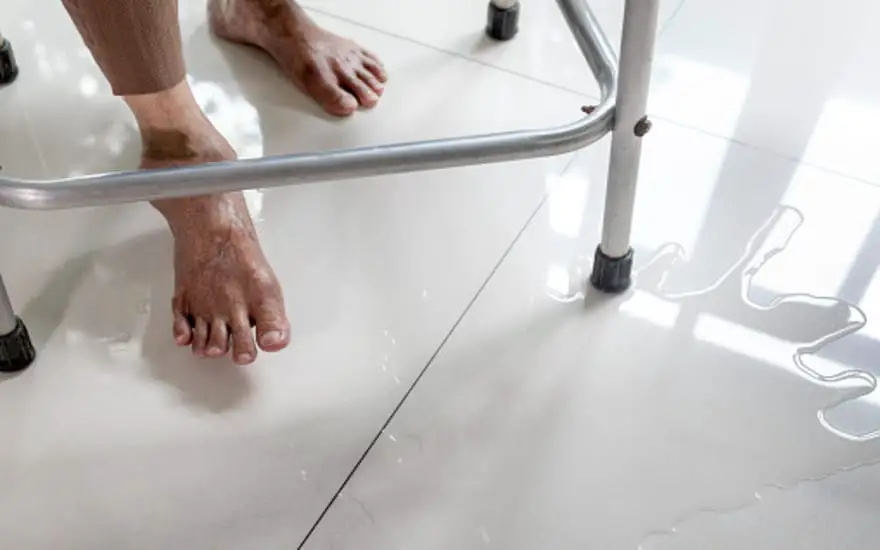
10 Simple Solutions to Help Stop the Bathroom Floors from Getting Wet
Use a bathmat
A bathmat is a great way to absorb moisture and dry your bathroom floor. Place one near the shower or bathtub to soak up any water that may escape from the shower or bathtub.
Install a shower curtain
A shower curtain can help keep water contained in the shower or bathtub, preventing it from spilling onto the floor.
Install a door sweep
A door sweep is a strip of rubber or plastic that you attach to the bottom of your bathroom door. This can help keep water from seeping out of the bathroom into other areas of the home.
Use a shower tray
A shower tray is a shallow tray placed in the bottom of your shower or bathtub to catch any water that may escape.
Install a partition or shower surround
Installing a division or shower surround can help contain the water in the shower or bathtub and prevent it from spilling onto the floor.
Use a squeegee
Use a squeegee after each shower or bath to remove any excess water from the walls and floor of your bathroom.
Add a non-slip mat
A non-slip mat can help reduce the risk of slipping on a wet floor.
Repair any leaks
If you have any leaks in your plumbing, have them repaired as soon as possible to prevent moisture from seeping through the walls or floor.
Re-caulk grout and tile
Re-caulking grout and tile can help prevent water from seeping through and causing wetness on the floor.
Inaugurate a ceiling fan
A roof fan can help circulate air and reduce moisture in your bathroom.
Using a Bathmat to Stop Bathroom Floor from Getting Wet
Bathmats are a great way to keep your bathroom floor dry. They are designed to absorb any moisture that may escape from the shower or bathtub.
They come in various materials, such as cotton, terry cloth, and microfiber, and can be easily washed and dried. When choosing a bathmat, make sure to select one that is made of a material that is absorbent and non-slip. To ensure that your bathmat is doing its job, clean it regularly. Shake it off outside and vacuum or sweep it if necessary. You should also replace it if it wears down or shows signs of mold or mildew.
Installing a Shower Curtain to Stop Bathroom Floor from Getting Wet
Seating a shower curtain is a fantastic mode to dry your bathroom floor. Shower curtains are designed to keep water contained in the shower or bathtub, preventing it from spilling onto the floor. They come in various materials, such as vinyl, plastic, and fabric, and can be easily washed and dried. When choosing a shower curtain, select one that is thick enough to prevent water from seeping through and is made of mildew-resistant material.
Installing a Door Sweep to Stop Bathroom Floor from Getting Wet
A door sweep is a great way to keep water from seeping out of the bathroom. A door sweep is a strip of rubber or plastic that you attach to the bottom of your bathroom door. This helps to create a barrier that prevents water from escaping the bathroom and spilling onto the floor. Door sweeps come in various materials, such as vinyl, plastic, and metal, and can be easily installed on any door.
10 Prevention Strategies
To keep your bathroom floor dry, it’s essential to take specific preventive measures. Here are some tips for preventing wet bathroom floors:
- Make sure to clean up any spills or leaks immediately.
- Wipe down the shower walls and floor after each use.
- Don’t leave wet towels or clothes on the floor.
- Install a shower tray at the bottom of the shower or bathtub.
- Make sure to fix any leaks in the plumbing as soon as possible.
- Re-caulk the grout and tile in your bathroom regularly.
- Install a partition or shower surround to contain water.
- Employ a squeegee behind each shower or bath to remove excess water.
- Install a ceiling fan to help reduce moisture in the bathroom.
- Use a bathmat to absorb any moisture that may escape from the shower or bathtub.
Using a Shower Tray to Stop Bathroom Floor from Getting Wet
A shower tray is a great way to keep your bathroom floor dry. A shower tray is a shallow tray placed in the bottom of your shower or bathtub to catch any water that may escape. They come in various materials, such as plastic and stainless steel, and can be easily cleaned and dried. When choosing a shower tray, select one that is large enough to fit in your shower or bathtub and is made of a non-slip and durable material.
Installing a Partition or Shower Surround to Stop Bathroom Floor from Getting Wet
Installing a partition or shower surround is a great way to keep water contained in the shower or bathtub and prevent it from spilling onto the floor. Sections and shower surround come in various styles and materials, such as tile, glass, and plastic, and can be easily installed in any bathroom. When choosing a partition or shower surround, select one that fits the size and shape of your shower or bathtub and is made of a mildew-resistant material.
11 Maintenance Tips to Keep Your Bathroom Floor Dry
To keep your bathroom floor dry, following specific maintenance tips is essential. Here are some helpful tips for keeping your bathroom floor dry:
- Clean and dry your bathmat regularly.
- Wipe down your shower curtain regularly.
- Vacuum or sweep your door sweep regularly.
- Clean and dry your shower tray regularly.
- Inspect your partition or shower surround periodically.
- Clean your ceiling fan regularly.
- Fix any leaks in the plumbing as soon as possible.
- Re-caulk the grout and tile in your bathroom regularly.
- Construct confidence that there is satisfactory ventilation in the bathroom.
- Install a dehumidifier to help reduce moisture in the bathroom.
- Have your lavatory professionally cleaned and sealed periodically.
Using a Squeegee to Stop Bathroom Floor from Getting Wet
A squeegee is a great way to keep your bathroom floor dry. A squeegee is a tool designed to remove excess water from the walls and floor of your bathroom. They come in various styles, such as hand-held and wall-mounted, and can be easily used after each shower or bath. When choosing a squeegee, make sure to select one that is made of a durable material that is easy to clean.
Is it Necessary to Waterproof the Bathroom Floor?
Waterproofing your bathroom floor is not always necessary. If your bathroom floor is made of tile or hardwood, you may not need to waterproof it. However, waterproofing is recommended if your bathroom floor is made of vinyl, laminate, or linoleum. Waterproofing your bathroom floor can help prevent water from seeping through and causing wetness and damage.
3 Solutions for Slippery Bathroom Floors
How Can I Waterproof My Bathroom Without Tile?
If your bathroom floor is not tile, you can still waterproof it. Several products on the market are designed for impervious non-tile surfaces, such as vinyl, laminate, and linoleum. When selecting a waterproofing product, choose one specifically designed for your floor’s material.
Also, follow the product instructions carefully, as improper use can lead to damage or failure. In addition to using a waterproofing product, there are other steps to help keep your bathroom floor dry. Make sure to clean up any spills or leaks immediately and wipe down the floor after each use. You can also install a shower tray in the bottom of your shower or bathtub to catch any water that may escape.
How Do I Stop My Floor from Leaking Water?
If your floor is leaking water, it’s essential to discover the basis of the leak and fix it as soon as possible. First, inspect the plumbing in your bathroom for any leaks or cracks. If you find any, make sure to have them repaired by a professional plumber. You should also inspect the grout and tile in your bathroom for any cracks or gaps. If you find any, re-caul them to prevent water from seeping through.
In addition to inspecting the plumbing and tile, make sure to check any other areas of your bathroom for any potential sources of leaks. This includes the walls, ceiling, and any other cracks or holes. If you find any, fill them with caulk or sealant.
How To Waterproof Your Bathroom Floor – DIY At Bunnings
What Causes Floor Wetness?
There are several possible causes of floor wetness. One of the most common causes is an overflowing sink or bathtub, which can leave water on the floor. Leaky plumbing is another common culprit, as water can seep through the walls or floor and cause dampness. Sometimes, water from a shower or bath can seep through the grout and tile and cause moisture on the floor. Lastly, wet towels or clothes on the floor can also lead to dampness.
Is Tile Sealing Worth It?
Tile sealing is an excellent idea to prevent water from seeping through the grout and tile and causing wetness on the floor. Sealing your tile can also help protect it from dirt and stains. When selecting a tile sealer, make sure to choose one specifically designed for your tile’s material. Also, follow the product instructions carefully, as improper use can lead to damage or failure.
Summary
When waterproofing your bathroom floor, make sure to select a product that is specifically designed for the material of your foot. For example, use a vinyl-specific waterproofing product if your bed is made of vinyl. Always follow the product instructions carefully, as improper use can lead to damage or failure. If you’re wondering how to stop the bathroom floor from getting wet, you’ve come to the right place. No one likes to walk into a wet bathroom. A damp bathroom can be a nuisance, from a leaky shower, an overflowing sink, or just a wet towel on the floor.


